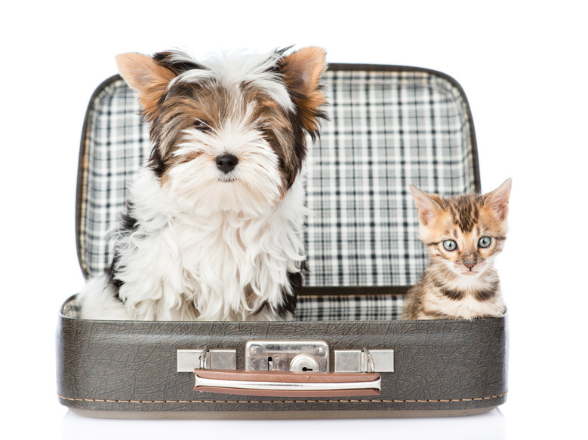Coming home to chewed shoes, scratched doors, or sad howls? If so, your dog might be struggling with separation anxiety—a common yet often misunderstood issue. Dogs are social animals, and when left alone, some may experience stress that leads to destructive behavior or emotional distress.
The good news? With patience, understanding, and the right techniques, separation anxiety can be managed and even overcome. Here’s what you need to know.What Is Separation Anxiety in Dogs?
Separation anxiety occurs when a dog becomes extremely anxious or panicked when separated from their owner or left alone. It can range from mild whining to full-blown panic, often leading to behaviors that are distressing for both the dog and the owner.
Common signs include:
-
Excessive barking or howling when left alone
-
Destructive behavior (chewing, digging, scratching doors)
-
Pacing or restlessness
-
Accidents indoors, even if house-trained
-
Attempts to escape from crates or rooms
What Causes Separation Anxiety?
There’s no one-size-fits-all cause, but some common triggers include:
-
A sudden change in routine (e.g., returning to work after working from home)
-
Being rehomed or adopted from a shelter
-
Loss of a family member or another pet
-
Lack of early socialization or training
How to Help a Dog with Separation Anxiety
1. Start with Short Absences
Begin by leaving your dog alone for just a few minutes, then gradually increase the time. Make your departures low-key and casual—no dramatic goodbyes. The goal is to show your dog that being alone isn’t scary and that you always come back.
2. Create a Safe, Calm Environment
Set up a cozy, quiet space for your dog with their favorite bed, toys, and perhaps a piece of clothing that smells like you. Consider using calming aids like pheromone diffusers or anxiety wraps.
3. Use Positive Reinforcement
Reward your dog for staying calm when you leave and return. Puzzle toys, treat dispensers, or long-lasting chews can help keep them occupied while you’re away.
4. Practice Independence
Encourage your dog to be more independent when you’re home. Avoid constant cuddling or following behavior. Teach them to enjoy alone time in another room.
5. Avoid Punishment
Never punish your dog for anxious behavior. Remember, they’re not being “bad”—they’re scared. Punishment will only increase their anxiety and worsen the problem.
6. Stick to a Routine
Dogs thrive on routine. Try to keep feeding, walks, and bedtime consistent each day. This helps your dog feel secure, even when you’re not around.
7. Try Desensitization Training
This involves gradually exposing your dog to the triggers of your departure (like picking up your keys or putting on shoes) without actually leaving, so they stop associating these cues with anxiety.
8. Consult a Professional
If your dog’s anxiety is severe or not improving, consult a professional dog trainer or a veterinary behaviorist. In some cases, short-term medication might be recommended as part of a broader training plan.
Final Thoughts
Dealing with separation anxiety can be challenging, but remember—your dog isn’t trying to misbehave. They’re reaching out for help. With consistent training, plenty of patience, and a whole lot of love, you can help your dog feel confident and secure, even when you’re not around.
Has your dog experienced separation anxiety? What helped the most? Share your experience in the comments below!
